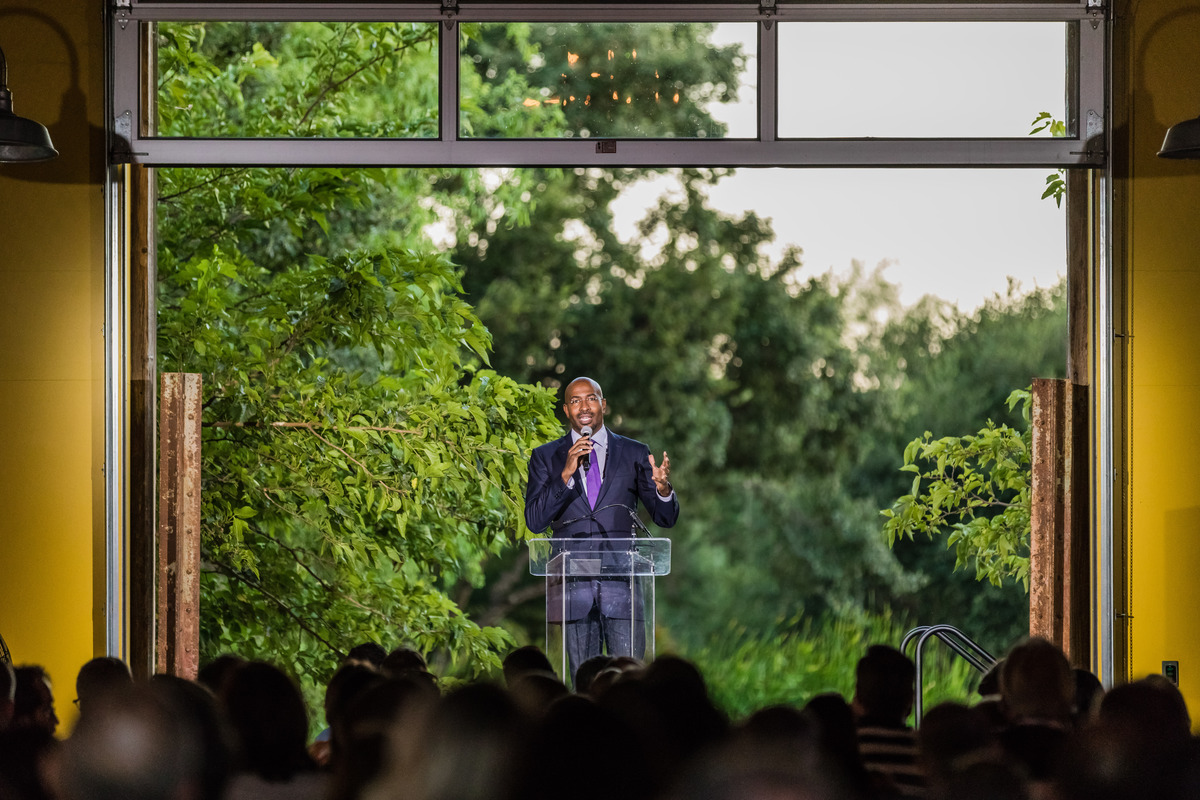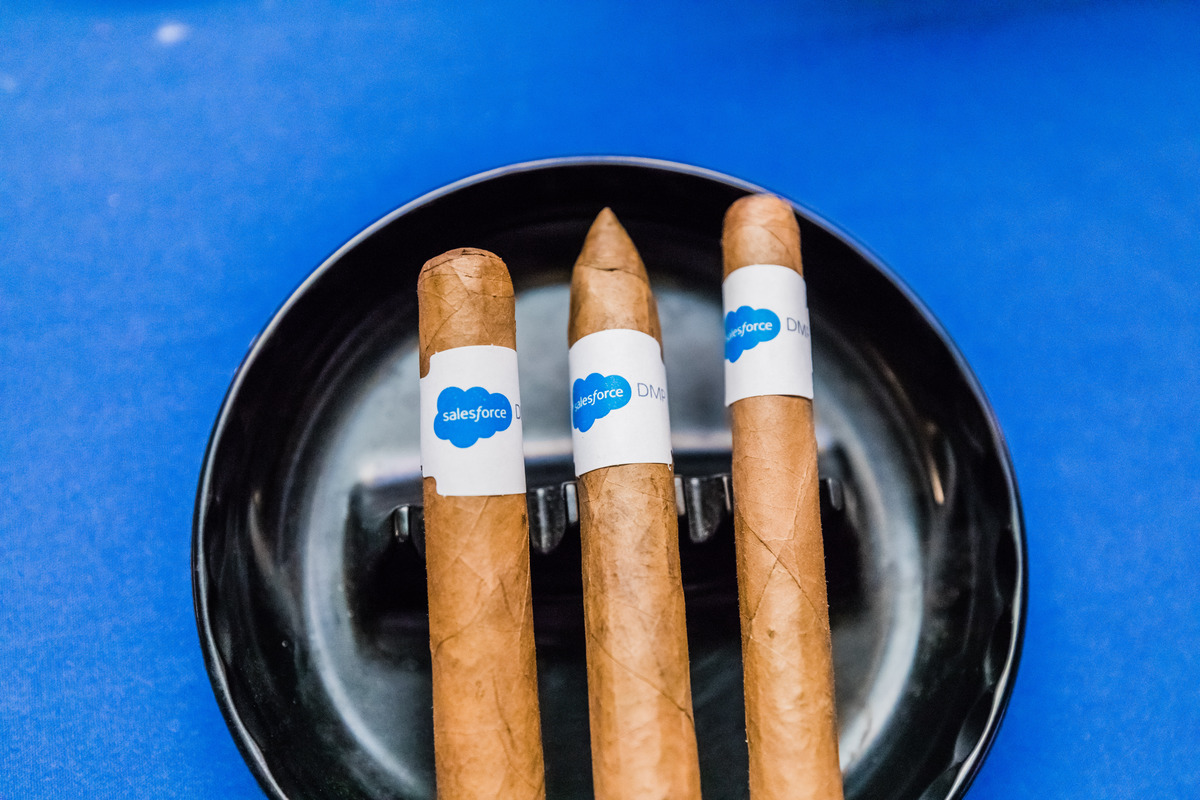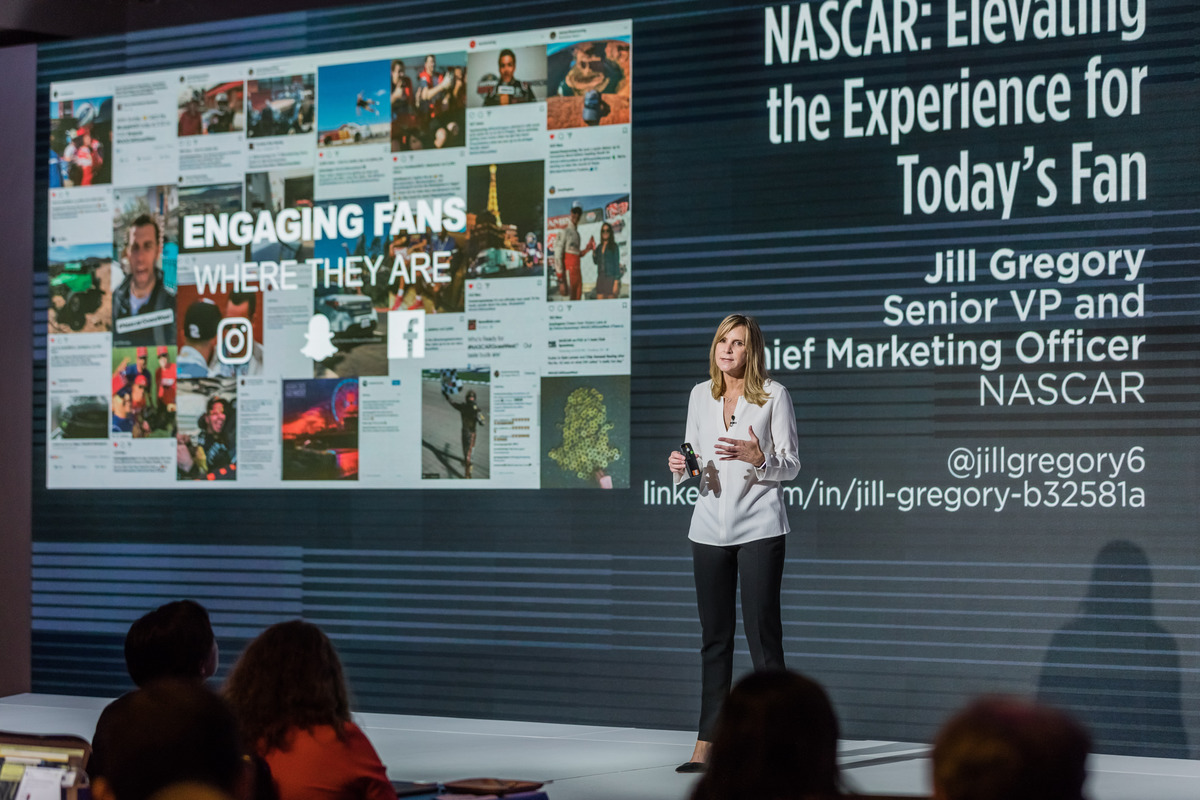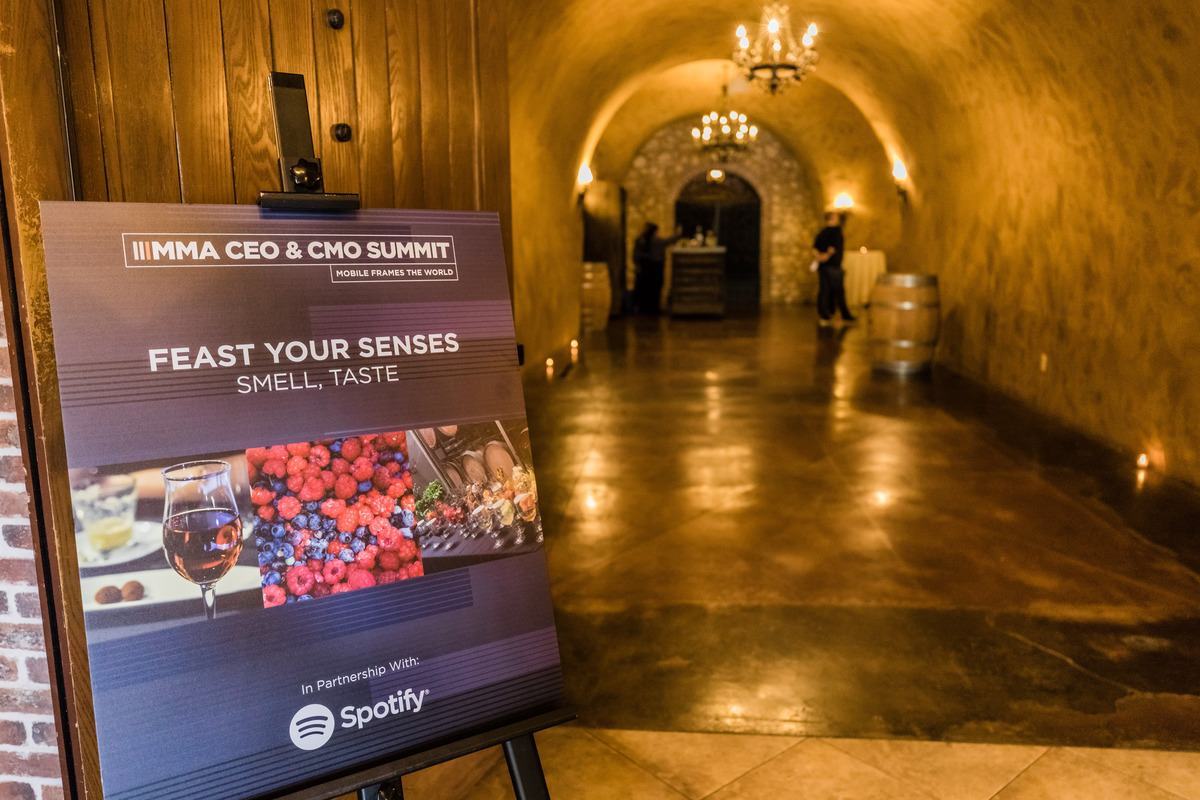At their best, what events like the MMA CEO & CMO Summit do is elevate the conversation, taking attendees to a higher level where day-to-day concerns like assessing analytics providers and fighting for budget is replaced by the Big Picture, which – in mobile right now – means evaluating just how far technology can move not only brands, but the world at large.
 The tone was set at July 23’s opening night dinner, when keynote speaker and CNN political commentator Van Jones christened the crowd “the gods of attention,” focusing on a truth that’s easy to forget inthe day-to-day. He was asking attendees to harness their unique position for the greater good; what he may not have realized is that attention in 2017 is about something bigger than mobile. As Andreessen Horowitz’ Benedict Evans noted in his closing keynote, we are about halfway to connecting the entire population of the world. That scale portends maturity – and with it, a door opening toward a phase that uses emerging technological trends such as Artificial Intelligence and Virtual Reality to transform not just the relationship between customers and brands, but how products are developed and how we, as individuals, react with each other.
The tone was set at July 23’s opening night dinner, when keynote speaker and CNN political commentator Van Jones christened the crowd “the gods of attention,” focusing on a truth that’s easy to forget inthe day-to-day. He was asking attendees to harness their unique position for the greater good; what he may not have realized is that attention in 2017 is about something bigger than mobile. As Andreessen Horowitz’ Benedict Evans noted in his closing keynote, we are about halfway to connecting the entire population of the world. That scale portends maturity – and with it, a door opening toward a phase that uses emerging technological trends such as Artificial Intelligence and Virtual Reality to transform not just the relationship between customers and brands, but how products are developed and how we, as individuals, react with each other.
With that, here are four key trends that emerged over two gorgeous – and inspiring – days in Napa:
Trend #1: The Wild, Wild West Is Over.
Even as innovation rules the day, to a large extent, we’re now in a place where most of the major players and infrastructure are established. What Evans calls GAFA (Google, Apple, Facebook and Amazon) now has three times the scale – in terms of revenue – as Wintel (Microsoft and Intel) had at their peak. With apps now the distribution networks that drive that scale, he went so far as to call Facebook the largest mobile web browser, since it alone accounts for 15 to 20 percent of mobile time.
 Another measure of just how established tech’s major players have become came during the Tuesday morning keynote, when Strategic Advantage’s Jim Harris observed that the market cap of Amazon – at approximately $470 billion as of early June – is worth 50 percent more than the market cap of the next eight retailers combined, each of which began as bricks-and-mortar businesses.
Another measure of just how established tech’s major players have become came during the Tuesday morning keynote, when Strategic Advantage’s Jim Harris observed that the market cap of Amazon – at approximately $470 billion as of early June – is worth 50 percent more than the market cap of the next eight retailers combined, each of which began as bricks-and-mortar businesses.
Group Nine Media CEO Ben Lerer, in an on-stage interview on Monday morning, noted “Everything is changing, but it’s not the wild, wild west right now.” Lerer, whose company owns content brands including Thrillist and NowThis, noted that as social media – and in particular Facebook – has become the first screen, the goal is no longer about driving traffic to Group Nine’s owned and operated properties. “To a large degree, the pipes are laid,” he said.
Trend #2: It’s Not About Creative, Per Se, But About Personalizing It.
During his opening remarks on Tuesday, Stuart said, “I don’t think consumers hate advertising, I think they hate how we’ve served it to them sometimes.”
 A number of speakers at the Summit underscored this basic thought by showing how messaging that’s more customized to the individual and his or her point in the customer journey just works better. To that extent, it’s not so much about overarching campaign concepts as it is about serving the right message to the right person at the right time, through ad-serving or bringing a more personalized experience to e-commerce platforms. As eBay CMO Suzy Deering noted during her presentation, almost half of marketers recently surveyed by eMarketer said personalization drives ten percent of revenues. eBay has leveraged a highly personalized approach to its marketing and website to offer customers not only what they want, but what they didn’t know they wanted.
A number of speakers at the Summit underscored this basic thought by showing how messaging that’s more customized to the individual and his or her point in the customer journey just works better. To that extent, it’s not so much about overarching campaign concepts as it is about serving the right message to the right person at the right time, through ad-serving or bringing a more personalized experience to e-commerce platforms. As eBay CMO Suzy Deering noted during her presentation, almost half of marketers recently surveyed by eMarketer said personalization drives ten percent of revenues. eBay has leveraged a highly personalized approach to its marketing and website to offer customers not only what they want, but what they didn’t know they wanted.
Marriott VP Digital Marketing, Andy Kauffman, demonstrated how the company has embraced this highly curated and crafted approach to content as it moves its approach from a siloed model to one that is “always-on.” No matter what Marriott brand, the company now markets for the whole customer lifecycle, extending from booking to pre-trip to the stay itself, and afterward. A guest who books a room at a company property in Austin will then be served marketing featuring imagery of that hotel as the company adjusts creative according to whether the customer is a member of its loyalty program, has installed its app and so forth. This pivot has led to stronger results, with the company experiencing much lower costs per enrollment and per app install.
Uber VP Marketing, Kellyn Kenny, also explained how the company – which, of course, has always been mobile in focus, has been able to build an increasingly more tailored approach as it has grown its marketing capabilities. Its performance-oriented focus has led to the production of 45,000 display units in six months, as its analytics team obsesses over the mix and marketing is constantly evolved accordingly.
Allstate EVP Marketing, Innovation and Corporate Relations, Sanjay Gupta, advocated for using
every video shoot as an opportunity to create additional video content because – as his company’s 2016 SMoX study with MMA showed – there can be major differences in effectiveness, depending on the situation, between 30-, 15- and 6-second video, not to mention how display units can perform at different parts of the funnel. A core question for marketers, he said, is: “Can you crack the code on faster, iterative creative?”
Trend #3: There’s a Shift From Delivering One Click Experiences to Zero-Click Ones.
 When Amazon launched its one-click buying years ago, most us thought commerce had been distilled down to its simplest form. With a user’s shipping and billing address, and preferred payment method already sitting on Amazon’s servers, could buying something get any easier? Well, yes.
When Amazon launched its one-click buying years ago, most us thought commerce had been distilled down to its simplest form. With a user’s shipping and billing address, and preferred payment method already sitting on Amazon’s servers, could buying something get any easier? Well, yes.
Allstate’s Gupta noted at the opening of the Summit that each year he comes back to the event with envelope-pushing ideas that challenge his staff. One of these is “A zero-click solution for ordering pizza,” (or in Allstate’s case, insurance) and the emergence of the zero-click, frictionless buying experience came up repeatedly, especially in the context of Amazon Echo and Google Home to order what you want.
But the concept is actually deeper than that, extending to such Internet of Things developments as a refrigerator that orders milk when it sees you are low or a printer that does the same with ink. Ultimately, this leads to AI, because of the promise it has to infer what customers might want without active input from the consumer, which brings us to…
Trend #4: Artificial Intelligence Is Beginning to Rewrite the Rules of Marketing, Mobile, and Maybe All That Matters.
During his opening keynote, “The Future Will See You Now,” Maurice Conti, Chief Innovation Officer of Telefónica Alpha, asked: “How many of you here are augmented cyborgs?” Even as few in the audience raised their hands, Conti said, “We are all augmented cyborgs” – simply because whenever we need an answer to something, we pick up our phone. “Siri is just a very primitive beginning,” he said.
The power of even this “low level” AI was made apparent in an on-stage interview between DJ Reali of IBM’s Watson and Yin Rani of Campbell Soup Company, when they walked attendees through the Watson-powered recipe engine the two companies began building after last year’s Summit, which is where Rani was introduced to Watson. What Watson and Campbell’s have developed is a customized, unique and frictionless experience that allows people to find recipes. Ask Watson to devise a recipe including chicken, potatoes and spinach, and it will come up with one. While both Reali and Rani are excited about what Watson and Campbell’s customers have co-created, and in what is to come, Reali reminded the audience that, “Watson is an infant.”
 Conti envisions the next step as “technology amplifying our cognitive abilities so we can imagine and design things that were simply out of our reach as plain, un-augmented humans.” He explained how a human can ask a machine to design a drone that is lightweight, with four propellers and low aerodynamic drag and it can synthesize millions of possibilities – and in the end come up with a design that looks remarkably – but not coincidentally – like the pelvis of a flying squirrel.
Conti envisions the next step as “technology amplifying our cognitive abilities so we can imagine and design things that were simply out of our reach as plain, un-augmented humans.” He explained how a human can ask a machine to design a drone that is lightweight, with four propellers and low aerodynamic drag and it can synthesize millions of possibilities – and in the end come up with a design that looks remarkably – but not coincidentally – like the pelvis of a flying squirrel.
Nice. But what does it mean for marketing? Conti pointed out that last year, marketers made “a bunch of stuff,” spending more than $2 trillion on convincing people they wanted all of those products. However, he said, marketers are already building the beginnings of a digital nervous system which connects marketers directly to their customers. Eventually this leads to what he termed “perceptual augmentation” in which companies’ ability to know their users, what they want and how they want it, leads to intelligence that instead of just “making people want our stuff” ends up being about “Making stuff that people want.”
This year’s MMA CEO & CMO Summit encapsulated the entire arc of what’s going on in mobile, from present-day concerns such as iterating creative and building on personalization, to future concerns, such as using AI to help infer what your customers might want. It’s an arc that, while concentrated in mobile, is also affecting the entire landscape.

















































































































